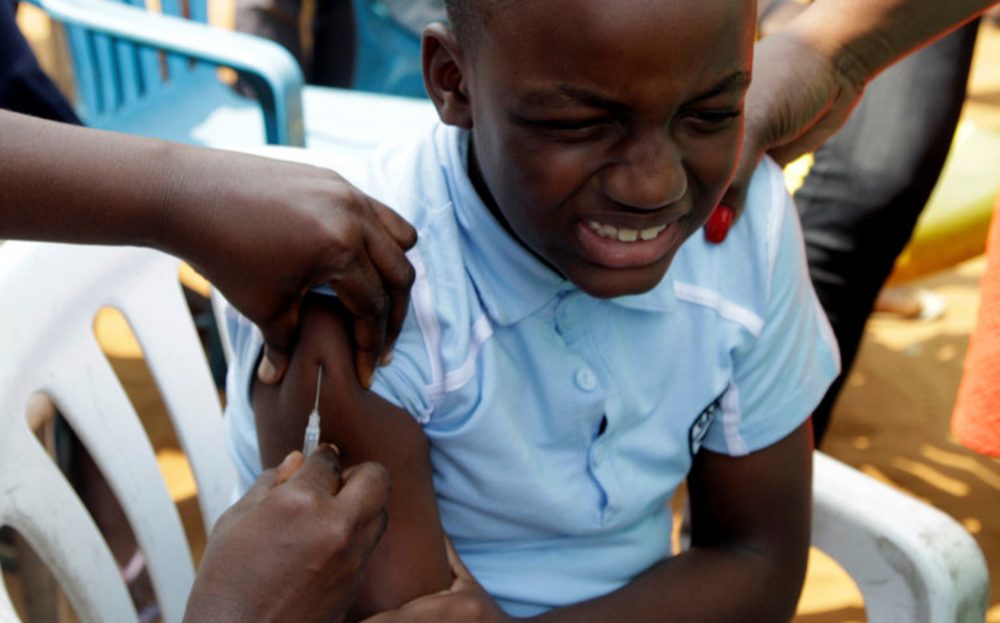Yellow fever
Yellow fever is a viral disease, found in tropical regions of Africa and the Americas. The "yellow" in the name refers to the jaundice that affects some patients
It principally affects humans and monkeys, and is transmitted via the bite of Aedes mosquitoes. It can produce devastating outbreaks, which can be prevented and controlled by mass vaccination campaigns.
Large scale outbreaks occur every 3 to 10 years in villages or cities in the absence of large scale immunization. Sporadic cases can occur regularly in endemic areas.
The incubation period of the virus is 3 to 6 days after a bite from an infected mosquito. About 15% of infections progress to fever and jaundice. While only the minority of cases are severe, case fatality rate may be 25% to 50% among patients with syndrome of haemorrhage, jaundice, and renal disease.
Vaccination is the most important preventive measure against yellow fever. The vaccine is safe, affordable and highly effective. A single dose of yellow fever vaccine is sufficient to confer sustained immunity and life-long protection against yellow fever disease and a booster dose of yellow fever vaccine is not needed. The vaccine provides effective immunity within 30 days for 99% of persons vaccinated.
How yellow fever is spread
Yellow fever is a virus spread by mosquito bites. You can’t get it from close contact with someone who has it.
The mosquitoes that spread the infection are found in towns and rural areas. They mainly bite during the day.
If you’re travelling to an area where yellow fever is found, try to avoid being bitten, even if you have been vaccinated.
Symptoms of yellow fever
The first symptoms of yellow fever usually develop 3 to 6 days after being infected.
They include:
- a high temperature (fever) of 38C (100.4F) or above
- a headache
- feeling sick or vomiting
- muscle pain and backache
- your eyes being sensitive to light
- loss of appetite and feeling generally unwell
Most people make a full recovery after 3 or 4 days.
A few people go on to get more serious symptoms, such as:
- yellowing of the skin and eyes (jaundice)
- bleeding from the mouth, nose or eyes
- vomiting blood or blood in poo
Up to half of those who get these symptoms die


